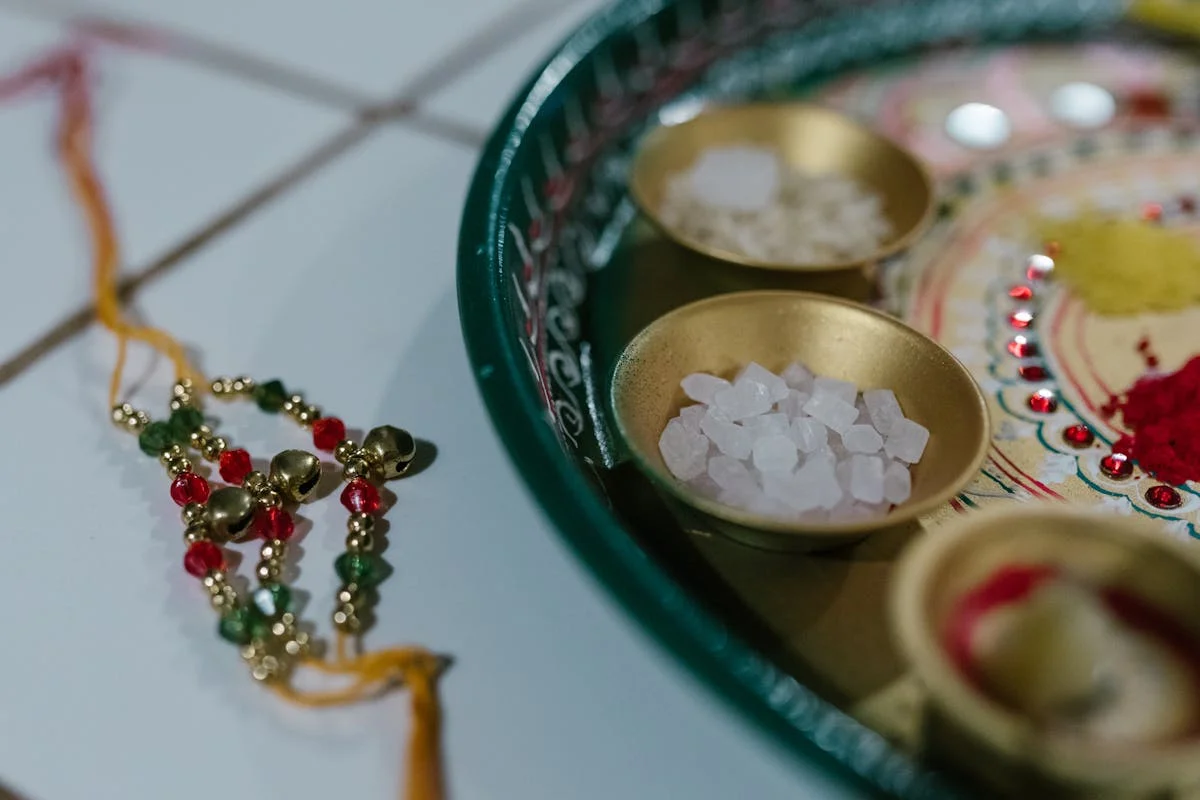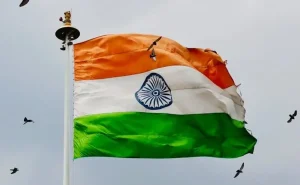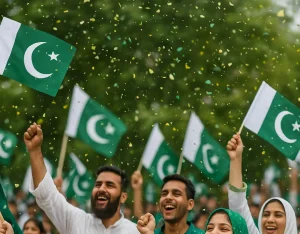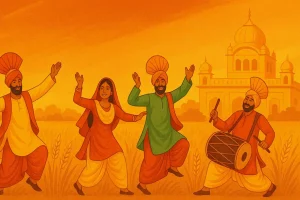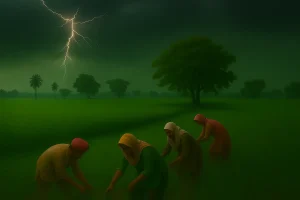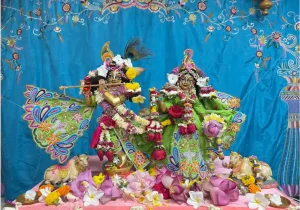How to Celebrate Raksha Bandhan: A Look at the Traditions
Of all the festivals celebrated in the subcontinent, none is quite as sweet and personal as Raksha Bandhan. It is a day dedicated entirely to the special, lifelong bond between brothers and sisters. The name itself, “Raksha Bandhan,” means “the bond of protection,” and it is a beautiful reminder of the love, care, and support that siblings share.
In 2025, Raksha Bandhan will be celebrated on Saturday, August 9th. On this day, a simple thread becomes a powerful symbol of this relationship. But what is the story behind this tradition, and how is it celebrated? This overview will explain the meaning of Raksha Bandhan in simple terms and explore the beautiful rituals that make this day so special.
The Heart of the Celebration: The Rakhi Ceremony
The main event of Raksha Bandhan is a beautiful and simple ceremony that is full of meaning. First, the family gathers, often dressed in new, traditional clothes. The sister prepares a special plate, or “thali,” which holds the rakhi (the sacred thread), a diya (lamp), sweets, and other ceremonial items. She performs an aarti, circling the plate of light before her brother, and says a prayer for his health and happiness.
Then comes the most important moment: the sister ties the rakhi around her brother’s right wrist. This thread is not just a decoration; it is a powerful symbol of her love and prayers for his well-being. In return, the brother gives his sister a gift and, most importantly, makes a promise to always protect and support her. The ceremony ends with the brother and sister sharing sweets, a lovely symbol of the sweetness of their relationship.
The Stories Behind the Tradition
While the exact origins are ancient, there are many beloved stories that explain the tradition of Raksha Bandhan.
One of the most famous tales is that of Lord Krishna and Draupadi. In the epic Mahabharata, Draupadi once tore a strip of cloth from her sari to bandage Krishna’s bleeding finger. Touched by her simple act of care, Krishna promised to protect her in return, and he later saved her honor when she was in great distress. This story beautifully illustrates that the bond of Rakhi is not just about family, but about a deep connection of care and protection.
Another popular story involves Queen Karnavati of Chittor, who sent a rakhi to the Mughal Emperor Humayun, seeking his help when her kingdom was under attack. Honoring the sacred thread, Humayun immediately set out with his army to protect her.
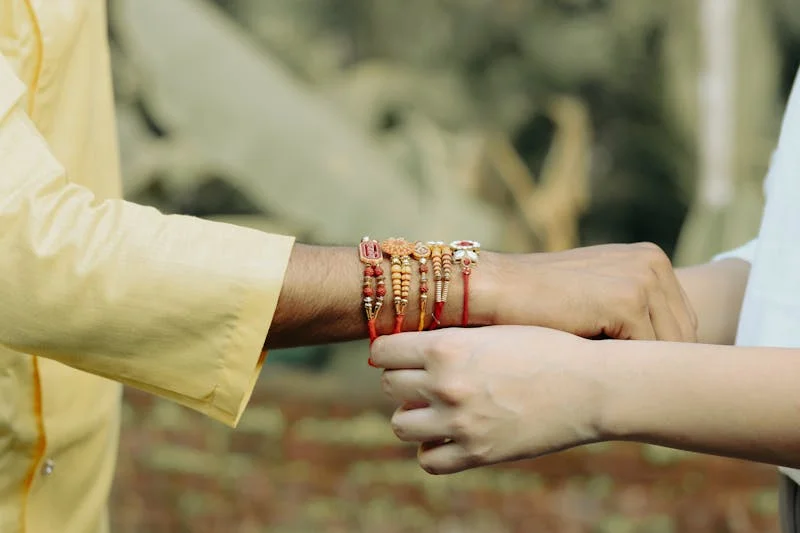
The Evolution of Raksha Bandhan
While the heart of Raksha Bandhan remains the bond between brothers and sisters, the festival has beautifully evolved in modern times to embrace a wider circle of relationships. Today, it is common for people to tie rakhis on the wrists of close friends, cousins, and sisters-in-law to celebrate their cherished bonds. Many also tie rakhis on the wrists of soldiers, police officers, and political leaders as a mark of respect and gratitude for their protection of the community and the nation. This evolution shows the festival’s powerful and universal message of love, care, and protection.
Conclusion
Raksha Bandhan is a beautiful celebration of one of the most precious relationships in our lives. It is a day that reminds us that the bonds of family and love are the strongest protection we can have. It proves that a simple thread can carry a world of meaning, love, and promises that last a lifetime.

